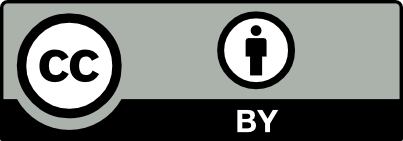Optimizing Energy Efficiency of Dielectric Materials’ Electrodischarge Dispersion as One Sustainable Development Green Trend
Artykuł w czasopiśmie
MNiSW
140
Lista 2023
| Status: | |
| Autorzy: | Malyushevskaya Antonina, Petrychenko Serhii, Przystupa Krzysztof, Mitryasova Olena, Majka Michał, Kochan Orest |
| Dyscypliny: | |
| Aby zobaczyć szczegóły należy się zalogować. | |
| Rok wydania: | 2023 |
| Wersja dokumentu: | Drukowana | Elektroniczna |
| Język: | angielski |
| Numer czasopisma: | 20 |
| Wolumen/Tom: | 16 |
| Numer artykułu: | 7098 |
| Strony: | 1 - 14 |
| Impact Factor: | 3,0 |
| Web of Science® Times Cited: | 1 |
| Scopus® Cytowania: | 1 |
| Bazy: | Web of Science | Scopus |
| Efekt badań statutowych | NIE |
| Materiał konferencyjny: | NIE |
| Publikacja OA: | TAK |
| Licencja: | |
| Sposób udostępnienia: | Witryna wydawcy |
| Wersja tekstu: | Ostateczna wersja opublikowana |
| Czas opublikowania: | W momencie opublikowania |
| Data opublikowania w OA: | 15 października 2023 |
| Abstrakty: | angielski |
| Increasing the energy efficiency of production processes is closely related to minimizing the impact on the environment and is one of the priorities of the concept of sustainable development. Electric discharge is an effective tool for multilevel grinding of non-metallic materials in various working fluids and obtaining coarse and fine suspensions. We introduce the technique for calculating the electrotechnological parameters necessary for energy-efficient electric discharge dispersion. This technique considers the strength characteristics of the crushed material (dispersed phase) and the electrical conductivity of the working fluid (dispersed medium). It is also essential to consider the energy stored in the capacitor bank, the energy criterion, the critical value of the working fluid’s electrical strength, the radius of the high-voltage electrode point, and the distance from the discharge channel axis to the disintegration object. All this allows obtaining a given granulometric composition of the dispersed phase with minimal energy consumption. Experiments confirmed the validity of the proposed calculation technique. We obtained the water-brown coal suspension with a given dispersion two times faster and consumed four times less energy in comparison with the known methods that did not take into account the electrical conductivity of the working liquid and the mechanical strength of the crushed material. |

